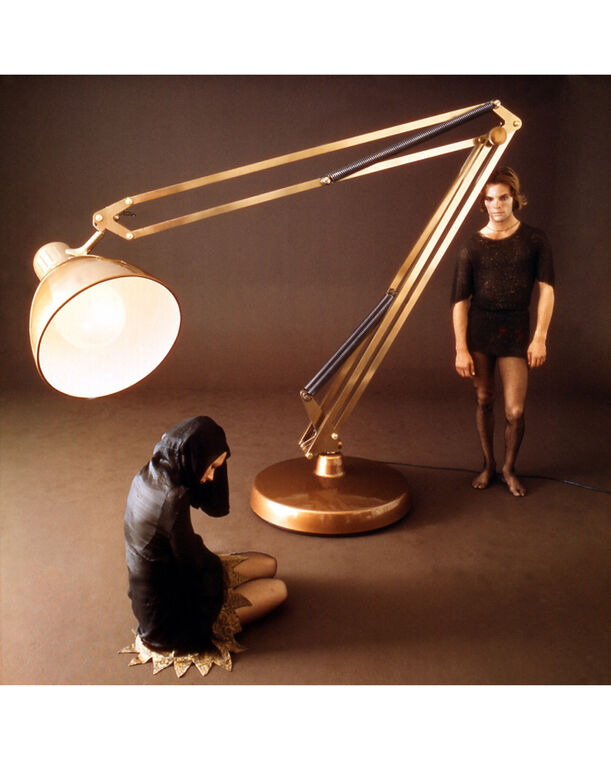“We are supposed to be free,” Gaetano Pesce told the writer and curator Glenn Adamson, during a series of interviews conducted between 2018 and 2019. “And to be free means to be incoherent.”
Pesce has been known as many things throughout his career. He was described as “the architectural equivalent of a brainstorm” by The New York Times, and the “Pope of Gloop” by New York magazine. Thirty of the world’s most important museums have acquired his work, and he has won awards and accolades across the globe.
Coherence has been Pesce’s enemy ever since he was a student in Este, a small province of Venice. He was born in Florence in 1940, and moved between the small towns of Taranto and Gaeta as a child, before the war broke out. “But then there was the war, and my father died,” he said. “He disappeared in the sea.”

When Pesce was 16, he connected with a friend of his mother’s, a Jewish psychoanalyst named Mayer, who encouraged him to be wary of the education system’s inherent rigidity. “I was very worried about that,” he said. “Creativity was already for me an important side of myself.”
He moved to Venice in 1958 to pursue a degree at the University of Architecture. Pesce quickly made friends with Toni Costa, Edoardo Landi, Alberto Biasi, and Manfredo Massironi. Together they founded Group N, which rejected Abstract Expressionist principles and pivoted back to the industrialist minimalism of Bauhaus. “We were making something very pedagogic, in a certain way. Geometry, mathematics, that kind of thing—generic.”
As Group N became more influential, Pesce fell into the arms of Milena Vettore, a fellow student who was studying sculpture at the more radical Venice College of Industrial Design. The pair organized conceptual exhibitions and established relationships with famous designers such as Cesare Cassina and Finn Juhl. Tragically, in 1967, when she was only 27, Vettore suffered a brain hemorrhage at Cassina’s factory.
“She lost her memory,” said Pesce, “and in eleven days she died. And I stayed there, and I asked someone to marry us. But she didn’t—I don’t think she understood.”

Though Vettore’s life was cut short, Pesce stayed in touch with Cassina, creating masterworks such as the feminist Up furniture series and the giant Moloch lamp, which would propel him to international stardom. Architectural projects like the wildly playful Organic Building, in Osaka, Japan, and the color-blocked Chiat/Day headquarters, in Manhattan, meant his work was in constant evolution.
In Gaetano Pesce: The Complete Incoherence, the artist and designer recounts his own life and career in 20 chapters and over 300 glossy pages. Beautiful archival photographs accompany the text, which is searingly honest and often emotional. —Elena Clavarino

Gaetano Pesce: The Complete Incoherence is out now from Monacelli
Elena Clavarino is the Senior Editor at AIR MAIL









